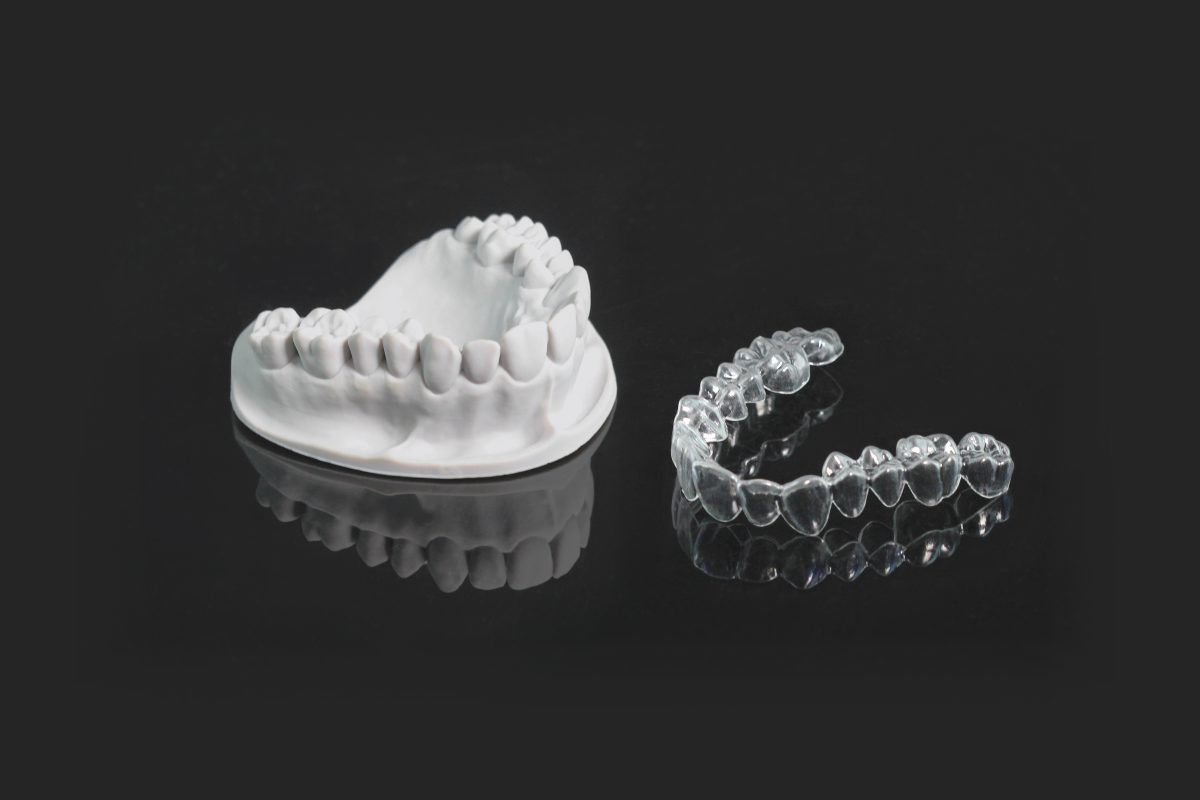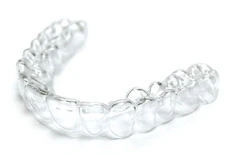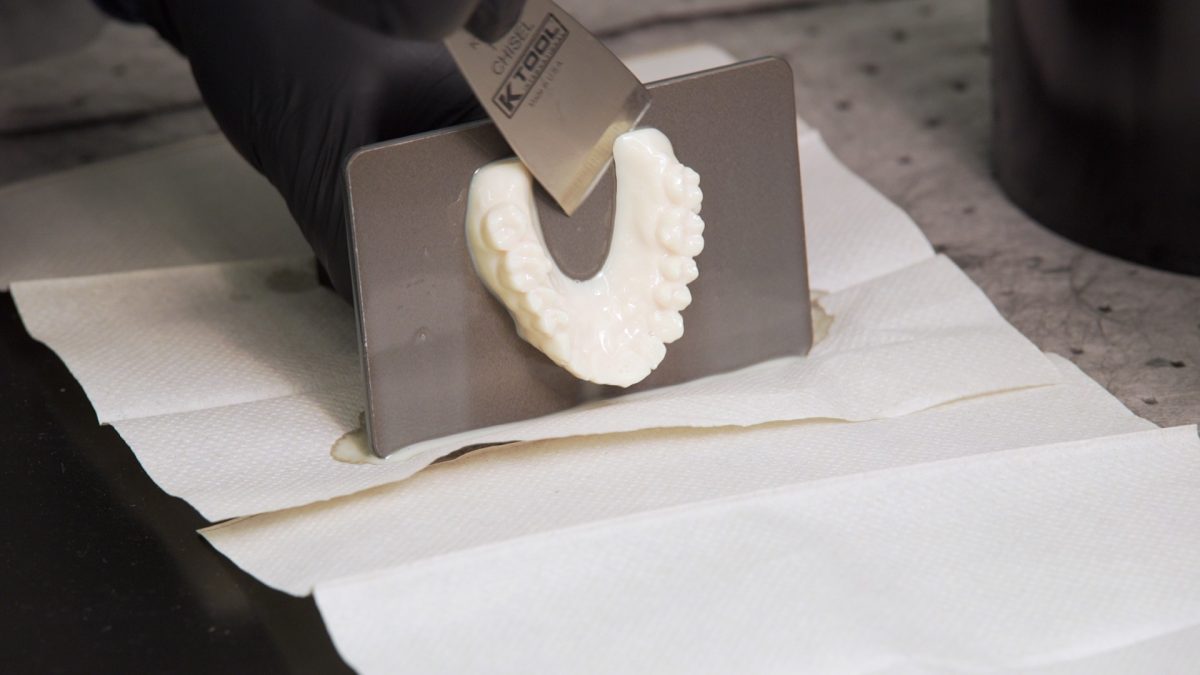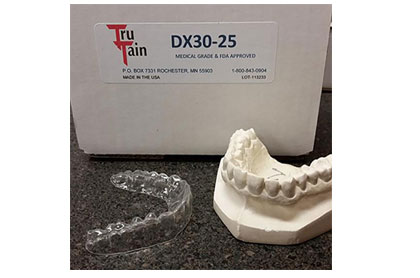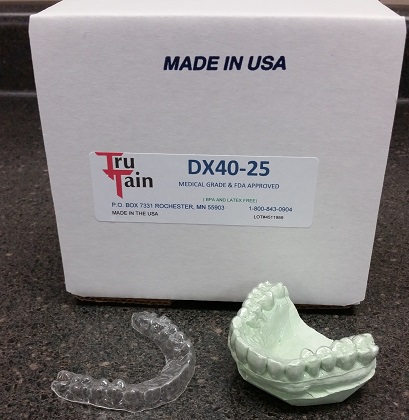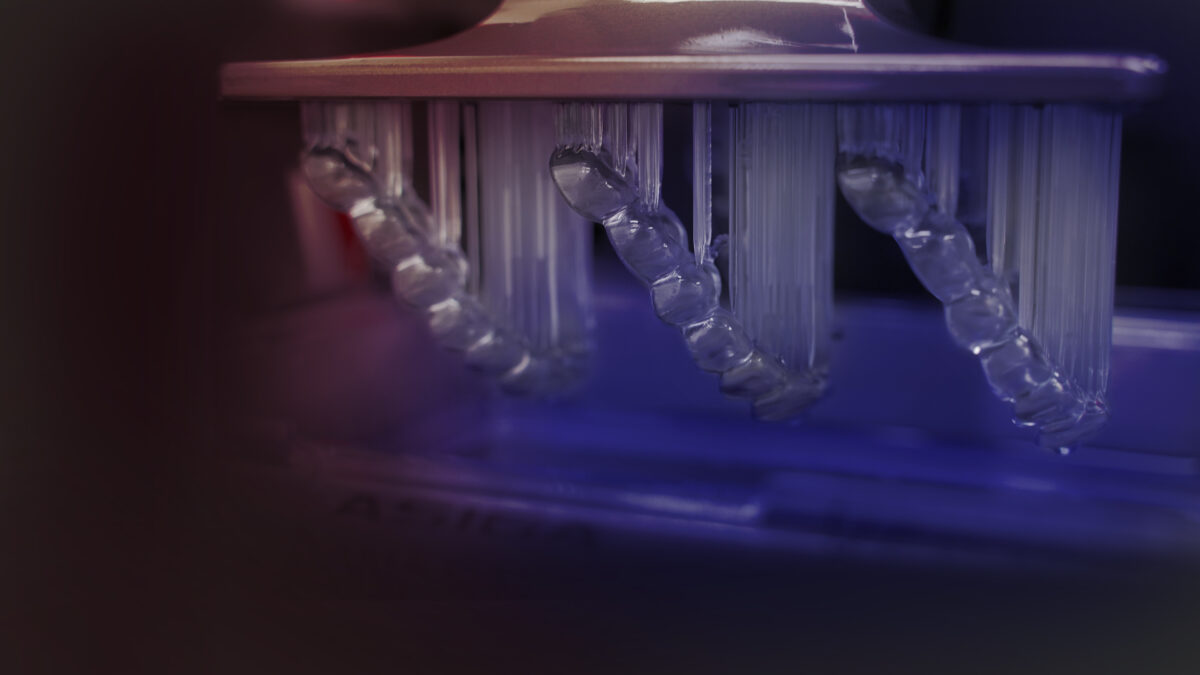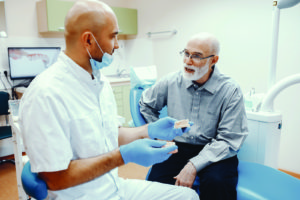The use of 3D printing technology and resins in orthodontics is a relatively new field that is constantly evolving.
The potential uses for 3D printing in orthodontics are vast, and the technology is rapidly becoming more accessible and affordable.
3D resins in orthodontics are becoming an increasingly popular choice for both patients and orthodontists. They are used to create 3D models of the teeth, which can then be used during orthodontic treatment.
These resins are available in a variety of different types, each with its own benefits.
3 types of 3D resins
3D resins are an important part of orthodontic treatment, providing a strong, durable bond between brackets and teeth. And, they are also used to create retainers, which hold teeth in their new position after braces are removed.
There are a variety of different 3D resins available, each with its own strengths and weaknesses.
Some 3D resins are better at bonding to teeth than others, while others may be more resistant to staining or breaking. It is important for orthodontists to select the right 3D resin for each patient’s needs.
1. SLA resin
The first type of 3D resin is stereolithography (SLA) resin. SLA resin is made up of two components: a polymer and a catalyst. The polymer is mixed with the catalyst and then placed into a 3D printer.
The printer uses a laser beam to harden the polymer, creating a 3D model of the teeth. SLA resin is ideal for orthodontists because it produces high-quality 3D models that are accurate down to the micron.
2. DLP resin
The second type of 3D resin is digital light processing (DLP) resin. DLP resin is made up of a polymer and a photosensitive compound. The photosensitive compound is mixed with the polymer and then placed into a 3D printer.
The printer uses a UV light to harden the polymer, creating a 3D model of the teeth. DLP resin is ideal for dental labs because it produces high-quality 3D models that are accurate down to the micron.
3. LCD resin
The third type of 3D resin is liquid crystal display (LCD) resin. LCD resin is made up of a polymer and an LCD monomer. The LCD monomer is mixed with the polymer and then placed into a 3D printer.
The printer uses an LCD screen to harden the polymer, creating a 3D model of the teeth. LCD resin is ideal for dental labs because it produces high-quality 3D models that are accurate down to the micron.
Benefits of 3D resins for patients and orthodontists
3D resins have a number of benefits for both patients and orthodontists.
For patients, this offers a number of advantages over traditional methods of orthodontic treatment. 3D resins allow orthodontists to see the teeth in three dimensions, which makes it easier to diagnose and treat problems.
These resins also allow orthodontists to plan treatment more effectively and make more accurate predictions about the final outcome of treatment.
In addition, 3D resins can be used to create teeth replacements and dental implants.
For orthodontists, 3D resins offer a number of advantages over traditional methods of orthodontic treatment. They allow orthodontists to see the teeth in three dimensions, which makes it easier to diagnose and treat problems.
These resins also allow orthodontists to plan treatment more effectively and make more accurate predictions about the final outcome of treatment.
In addition, 3D resins can be used to create braces, retainers, and other orthodontic appliances.
3D resins are quickly becoming the standard for both diagnostics and treatment in orthodontics. They offer a number of advantages for both patients and orthodontists, and they are available in a variety of different types.
Orthodontists who want to stay ahead of the curve should start using 3D resins in their practice today.
Benefits of 3D printing in orthodontics
There are many benefits to using 3D printing in orthodontics. Three of the benefits are:
- accurate diagnosis.
- reduced chair time.
- improved patient satisfaction.
3D printing technology has revolutionized the way orthodontists diagnose and treat patients. 3D printers can create a precise model of the patient’s teeth, which allows the orthodontist to see problems and plan treatment more accurately than ever before.
3D printing also reduces chair time, as many procedures that used to require multiple visits can now be done in one visit. This type of printing is also making orthodontics more affordable, as it allows for the creation of customized braces and dental appliances.
And finally, 3D printing results in improved patient satisfaction, as patients are able to see their own teeth transformed in real-time.
All of these benefits make 3D printing an essential tool for orthodontists, and it is sure to play an increasingly important role in the field of orthodontics in the years to come.
Diagnosing problems with 3D printing in orthodontics
One of the most important applications of 3D printing in orthodontics is the use of models to diagnose problems.
A model made with a 3D printer can be used to show the patient exactly what needs to be fixed and how it will look when corrected.
This allows the patient to have a much greater understanding of their treatment and makes them feel more involved in the process. In addition, it can help the orthodontist to diagnose problems that may be difficult to see on an X-ray.
Orthodontic concerns that can be diagnosed with 3D modelling
One common problem that can be diagnosed with a 3D model is overcrowding. In cases of overcrowding, the teeth are too close together and need to be spaced out. 3D printing can help to visualize this problem and plan treatment accordingly.
Another common issue that can be diagnosed with 3D printing is jaw malocclusion. Jaw malocclusion occurs when the upper and lower jaws do not fit together correctly. 3D printing can help to identify the cause of the malocclusion and plan treatment accordingly.
Overall, 3D printing is an invaluable tool for diagnosing problems in orthodontics. It allows the orthodontist to see things that may not be visible on an X-ray, and it helps to involve the patient in the treatment process.
3D printing is revolutionizing orthodontics and making it easier than ever to diagnose and treat problems.
3D printing retainers and braces
3D printing is also being used to create retainers and braces. Retainers can now be made specifically for each patient, which ensures a perfect fit and greater comfort.
In addition, braces can be printed in any shape or color, allowing patients to choose a style that they are happy with.
3D printing in orthodontics is still young
The use of 3D printing in orthodontics is still relatively new, so there are many opportunities for further research and development.
The potential uses for 3D printing in orthodontics are vast, and the technology is rapidly becoming more accessible and affordable. With continued research and development, 3D printing is sure to play an even larger role in orthodontics in the future.
3D resins from Tru-Tain
3D resins from Tru-Tain have many benefits for orthodontists and orthodontic labs.
The six reasons why you should choose Tru-Tain resins are:
- Accuracy.
The resin is highly accurate. This means it can be used to create models and molds that are an exact replica of the patient’s teeth. And the accuracy helps ensure that the orthodontic treatment will be successful.
The resin is also very precise. Which allows for extremely precise fitting of braces and other orthodontic devices. This precision helps to ensure a comfortable, accurate fit for the patient.
Incredibly strong resins mean they will last longer in your patients’ mouths. This also speaks to durability, and cost. Because the resins last longer, they time between replacements is longer. Provider further long-term value to patients.
It can withstand repeated use without breaking or becoming damaged. This durability ensures that the orthodontic devices created with the resin will last for the duration of the treatment.
Our resins come in a variety of colors and styles, so you can find the perfect option for your needs.
We only offer the highest quality resins to our customers, so you can be sure you’re getting the best product available.
Our resins are precision-made, strong, and durable, making them the perfect choice for your patients’ teeth.
We know that finding the right 3D resin is important for your practice, which is why we offer a wide selection of products to choose from.
We also have a team of experts who are available to help you select the right resin for your needs and answer any questions you may have.
If you’re looking for a trusted supplier of 3D resins, Tru-Tain is the perfect choice. We offer quality products and excellent customer service, so you can be sure you’re getting the best products available.
Contact us today to learn more about our products and how they can benefit your practice!
SEO META DATA
Meta-title: 3D resins in orthodontics from Tru-Tain
Meta-description: If you are looking for high-quality resins for your orthodontic practice or lab, Tru-Tain offers a wide variety of 3D resins to suit you and your patients’ needs.

